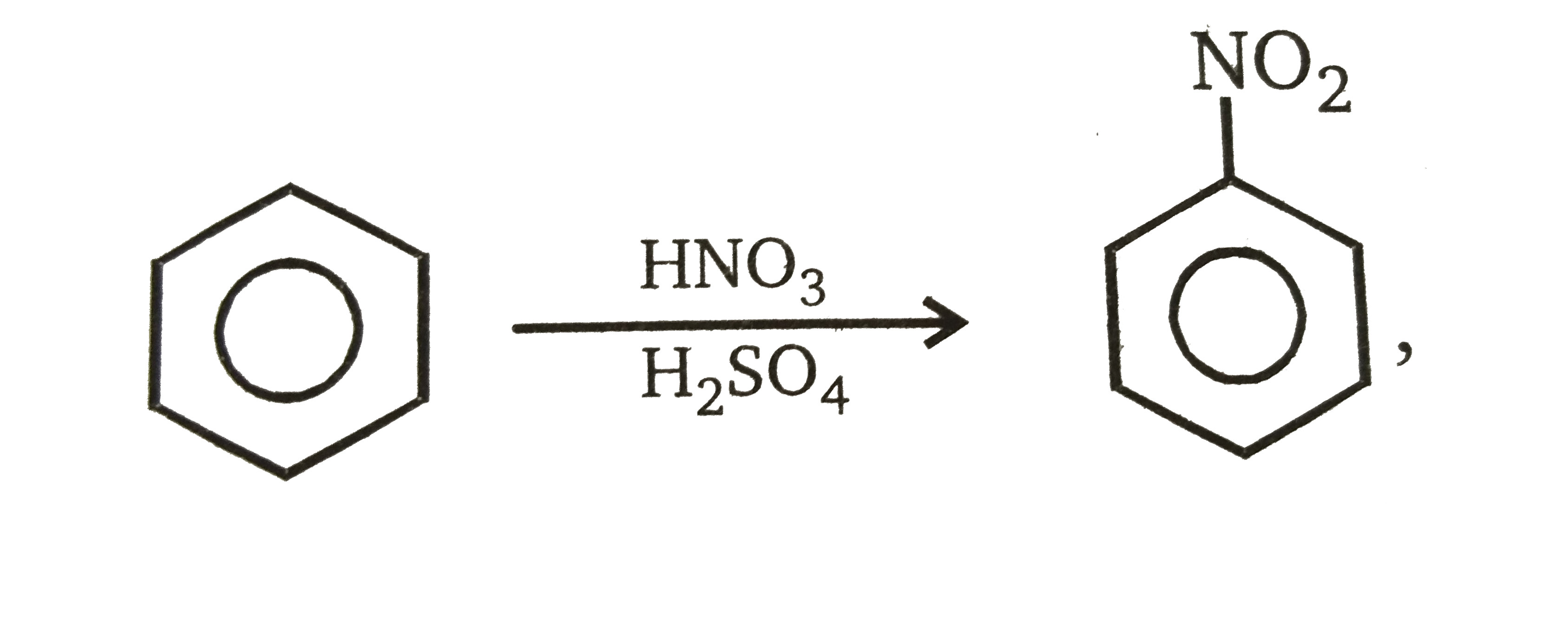Van't Hoff factor, i<1 if there is association of the solute in the solution.
The correct Answer is:1
To determine whether the statement "Van't Hoff factor, i<1 if there is association of the solute in the solution" is true or false, we can follow these steps:
Step 1: Understand the Concept of Van't Hoff Factor
The Van't Hoff factor (i) is defined as the ratio of the number of particles in solution after dissociation or association to the number of formula units initially dissolved in the solution.
Step 2: Define Association
Association refers to the process where solute particles combine to form larger particles or complexes. For example, if one mole of solute A associates to form n moles of a larger molecule (like An), then the number of particles in solution decreases.
Step 3: Set Up the Initial Conditions
Assume we start with 1 mole of solute A. If A associates to form An, we can denote the degree of association as α.
Step 4: Calculate Remaining Moles
If α moles of A associate to form An, then:
- The moles of A remaining = 1−α
- The moles of An formed = αn
Step 5: Calculate Total Moles After Association
The total number of moles after association can be expressed as:
Total moles=(1−α)+αn
Step 6: Calculate the Van't Hoff Factor
The Van't Hoff factor i can be calculated as:
i=Observed number of molesInitial number of moles=(1−α)+αn1
This simplifies to:
i=1−α+αn
Step 7: Analyze the Effect of Association
When association occurs, n>1. Therefore, αn is less than α. This means:
i=1−α+αn<1
since α is a positive quantity and αn is a smaller positive quantity.
Conclusion
Thus, when there is association of the solute in the solution, the Van't Hoff factor i is indeed less than 1. Therefore, the statement is true.
---
The Van't Hoff factor (i) is defined as the ratio of the number of particles in solution after dissociation or association to the number of formula units initially dissolved in the solution.
Association refers to the process where solute particles combine to form larger particles or complexes. For example, if one mole of solute A associates to form n moles of a larger molecule (like An), then the number of particles in solution decreases.
Assume we start with 1 mole of solute A. If A associates to form An, we can denote the degree of association as α.
If α moles of A associate to form An, then:
- The moles of A remaining = 1−α
- The moles of An formed = αn
The total number of moles after association can be expressed as:
Total moles=(1−α)+αn
The Van't Hoff factor i can be calculated as:
i=Observed number of molesInitial number of moles=(1−α)+αn1
This simplifies to:
i=1−α+αn
When association occurs, n>1. Therefore, αn is less than α. This means:
i=1−α+αn<1
since α is a positive quantity and αn is a smaller positive quantity.
Thus, when there is association of the solute in the solution, the Van't Hoff factor i is indeed less than 1. Therefore, the statement is true.
Topper's Solved these Questions
- SOLUTIONSBOOK - MODERN PUBLICATIONCHAPTER - SOLUTIONSEXERCISE - QUICK MEMORY TEST (COMPLETE THE MISSING LINKS)
12 Videos
- SOLUTIONSBOOK - MODERN PUBLICATIONCHAPTER - SOLUTIONSEXERCISE - QUICK MEMORY TEST (CHOOSE THE CORRECT ALTERNATIVE)
9 Videos
- SOLUTIONSBOOK - MODERN PUBLICATIONCHAPTER - SOLUTIONSEXERCISE - NCERT EXEMPLAR PROBLEMS (ASSERTION AND REASON TYPE QUESTIONS)
4 Videos
- SOLID STATEBOOK - MODERN PUBLICATIONCHAPTER - SOLID STATEEXERCISE - UNIT PRACTICE TEST
13 Videos
- SURFACE CHEMISTRYBOOK - MODERN PUBLICATIONCHAPTER - SURFACE CHEMISTRYEXERCISE - COMPETITION FILE (OBJECTIVE TYPE QUESTIONS) (MATCHING LIST TYPE QUESTIONS)
2 Videos
Similar Questions
Knowledge Check
Van't Hoff factor is _____.
Aless than one in case of dissociationBalways more than oneCalways less than oneDless than one in case of associationIf van't Hoff factor i=1,then
Ait is dissociationBIt is associationCBoth 1 and 2DNeither dissociation nor associationThe Van't Hoff factor for a solute which does not dissociate or associate in solution is
A0B2C3D1
v1_newFlow
View SolutionBenzoic acid undergoes dimerisation in benzene solution, the van't Hoff factor 'i' is related to the degree of association 'x' of the acid as
View Solution , van't -Hoff factor (i) for this reaction is:
, van't -Hoff factor (i) for this reaction is:
View SolutionThe van't Hoff factor for a solute that associates in solution is
View SolutionBenzoic acid undergoes dimerisation in benzene solution. The van't Hoff factor (i) is related to the degree of association (α) of the acid as
View Solution
